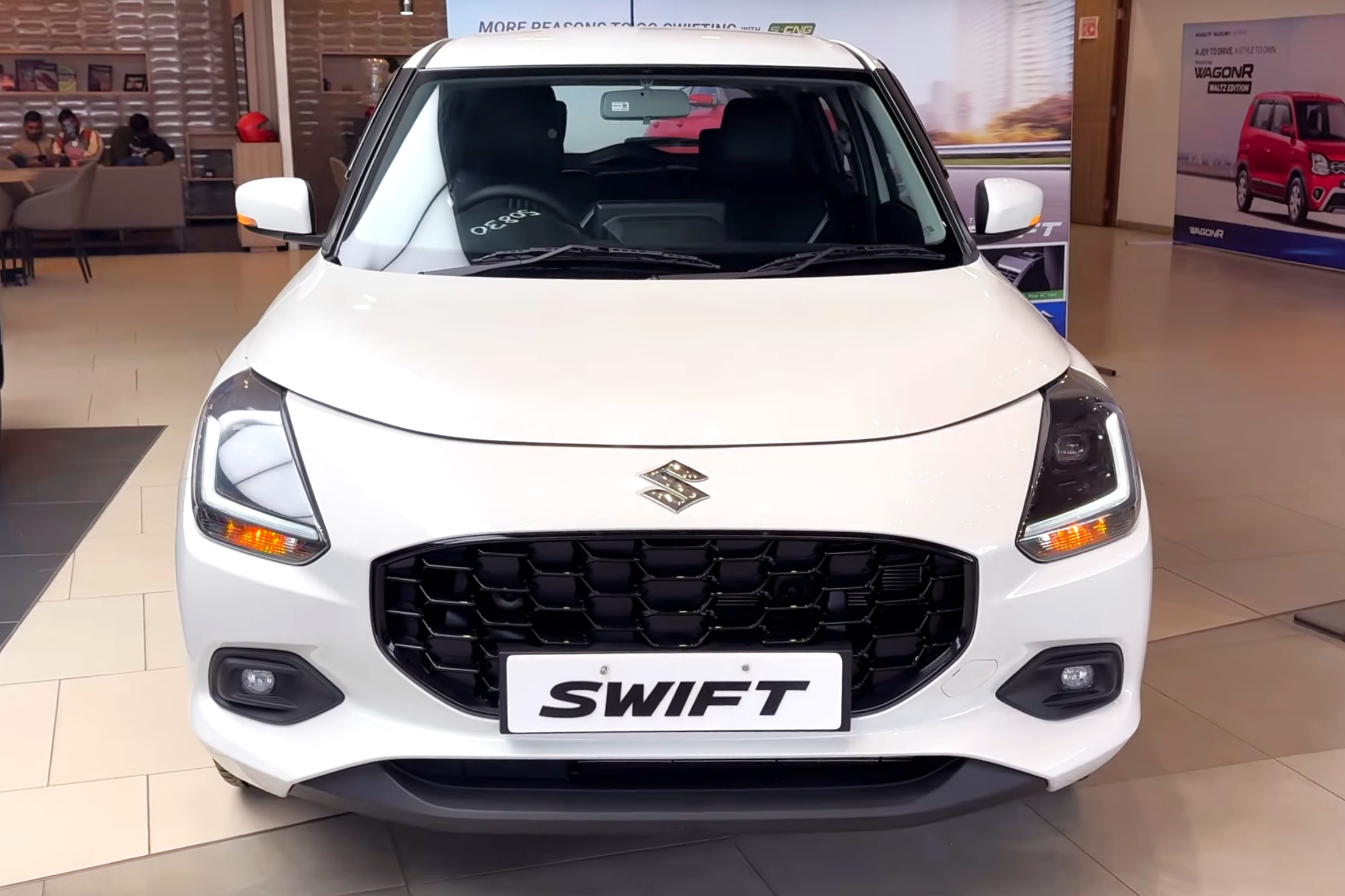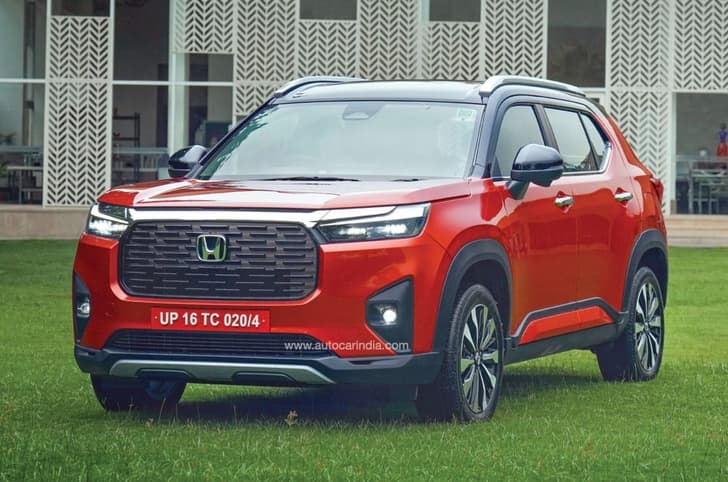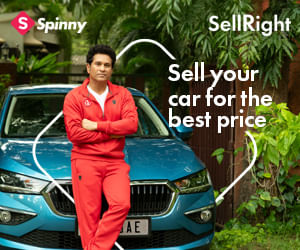Nissan Motor India has announced the return of the Datsun brand and has confirmed it will be coming to India in 2014.
Renault-Nissan chief executive Carlos Ghosn has confirmed that the Datsun name is being revived as a budget car brand for high-growth markets such as India, Indonesia, and Russia. The cars under the Datsun brand will be built locally and will be designed to meet local customer needs, featuring the latest technologies.
“Datsun is an important part of the heritage of Nissan,” said Ashwani Gupta, program director of Nissan’s newly-created Datsun Business Unit. “We will offer our customers in India modern and spirited cars that they will be happy and proud to own—at an affordable price.”
Autocar India was the first to break the news about Datsun’s comeback in the June 2011 issue.
For India, two Datsun hatchbacks are planned, both of which will slot below the Nissan Micra. The first model is a Rs. 4 lakh hatchback (code: K2) which is based on the two-generation old K11 Nissan Micra. Believed to incredibly spacious for its size the K2 will feature an all-new ‘top hat’ and will come with a 1-litre petrol engine. A cheaper Rs 3 lakh model (code: I2) is also being developed to compete with the Maruti Alto. The I2 which is being developed by Ashok Leyland is likely to be shared with Renault as well.
Datsun cars were sold between 1932 and 1981, after which the models were absorbed into the Nissan brand. Rumours of Datsun’s return have periodically surfaced in the ensuing decades, but now Nissan thinks the time is right to revive the name to bolster its push into emerging markets.
Andy Palmer, executive vice-president of Renault-Nissan, confirmed at the recent Geneva motor show that the company was planning an entry-level car project that could rival the Tata Nano, although at the time he stopped short of confirming the Datsun name.
“We’re talking about a range of cars that would provide a value-for-money opportunity in several segments,” he said. “I won’t use the word cheap, as the customers won’t want a cheap car, but they will want value for money, which means quality and good design that they can afford.
“If you look at the number of people on bikes who want to move to move up to a car, the possibilities are enormous. But at the moment there is very little on offer.”
Palmer conceded that each market would need its own regional specification. “If you look at the price point we’re talking about then it could never be a world car,” he said. “Besides, building to a car for all world use means introducing compromises. It is better to adapt for local markets.”













.jpg?w=728&q=75)
.jpg?w=728&q=75)
.jpg?w=728&q=75)
.jpg?w=728&q=75)
.jpg?w=728&q=75)
.jpg?w=728&q=75)
.jpg?w=728&q=75)
.jpg?w=728&q=75)
.jpg?w=728&q=75)
.jpg?w=728&q=75)
.jpg?w=728&q=75)
.jpg?w=728&q=75)
.jpg?w=728&q=75)

















